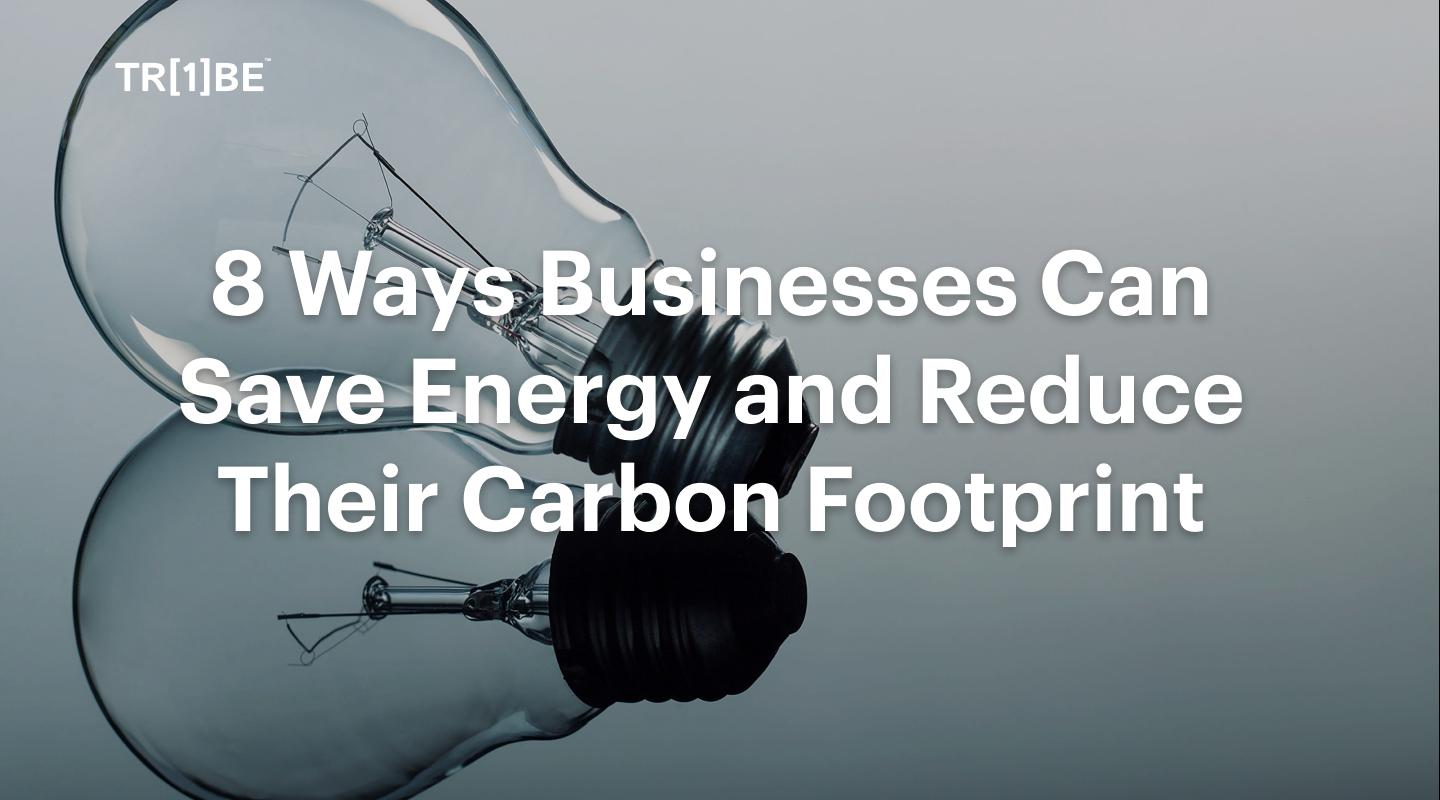
Looking for areas where your business can save energy? We dig into both large-scale and easy ways your business can lower energy consumption and reduce your carbon footprint
There’s never been a more important time to save energy and reduce your carbon footprint. Actions taken now to limit your negative impact on the environment can pay significant dividends for the planet, and this is even more true for businesses than for individuals — the former of which are responsible for the vast majority of harmful emissions.
Here’s a quick guide for businesses (large or small) on the most important ways to reduce your carbon footprint and help contribute to the wider climate solution.
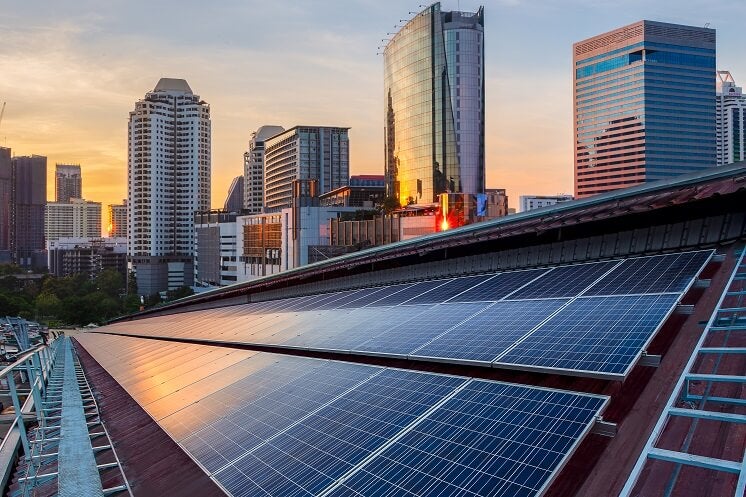
While it’s not the easiest implementation on the list, it may be the most important way to save energy. Depending on where you live there are a few ways to ensure your business runs on renewable energy.
Request renewable energy from your utility provider
Depending on your country or state, you can call your utility provider and request that your building(s) receives only renewable power. This is an excellent, low-lift method for reducing your carbon footprint, and it saves you the cost and time of installing your own renewable system. However, you may incur some additional charges for set-up or encounter variance in the price.
Generate your own renewable energy with solar panels
If you live in a place without the option for off-site renewables from your utility company, consider investing in your own renewable system like solar panels and battery storage. Between the independence gained, possible tax incentives and the option to sell excess energy back to the utility company, this is a wise investment for many organizations (and individuals, too).

From banking to waste management, there is always a climate-friendly option for business partners and vendors. Check out our sustainability strategies guide for businesses to get an in-depth look at how to seek and assess partners on the basis of sustainability.
You may not always have the option or the resources to choose the most sustainable partner, but adding environmental impact to your regular vendor assessment process can strongly reduce your carbon footprint — and help to create an incentive for vendors to do the same.
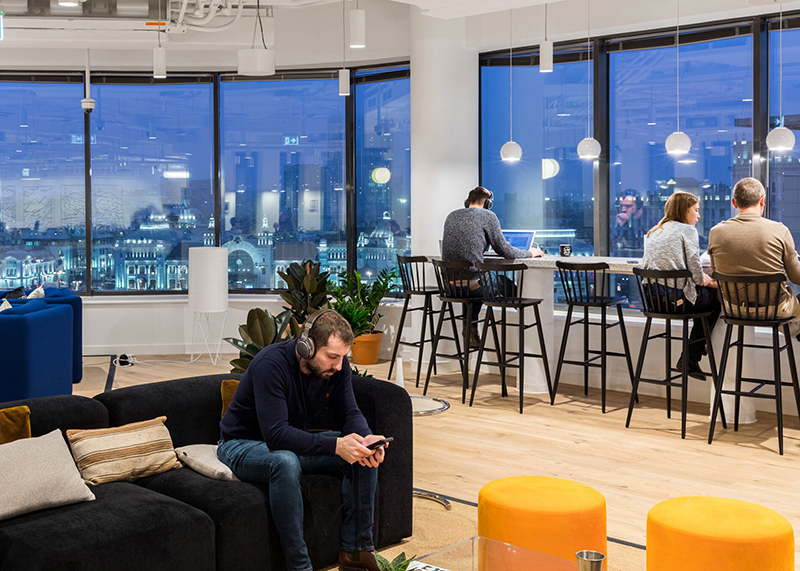
This is something that’s easy to automate and, if you’re a smaller team looking to minimize upfront costs, easy to do manually, too. Lights, temperature control and electronics should be turned off when they’re not in use. Smart thermometers and IoT devices can help prevent air conditioners and lights from staying on during off-hours and help you save energy on the daily. Larger software offerings also exist to help companies manage groups of buildings and systems from one source.
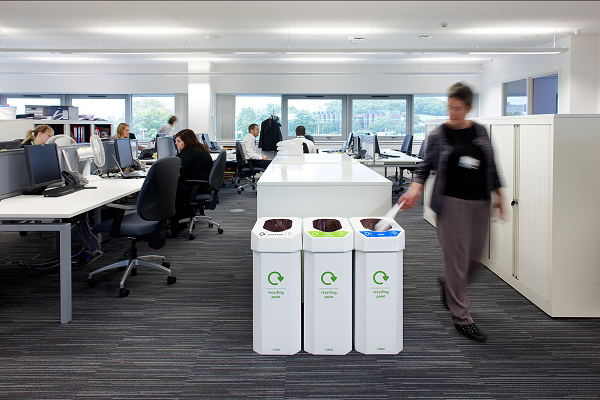
Many recycling regulations are local — but the best practices are universal: Educate employees on the types of plastic to help them make smart choices about what goes where. Instruct everyone to make sure recyclables are empty, clean and dry before going in the bin. And above all, don’t put stuff that doesn’t belong in a recycling bin. Follow those rules and make sure your teammates do too — it’ll go a long way in preventing carbon-intensive processes like creating new materials.
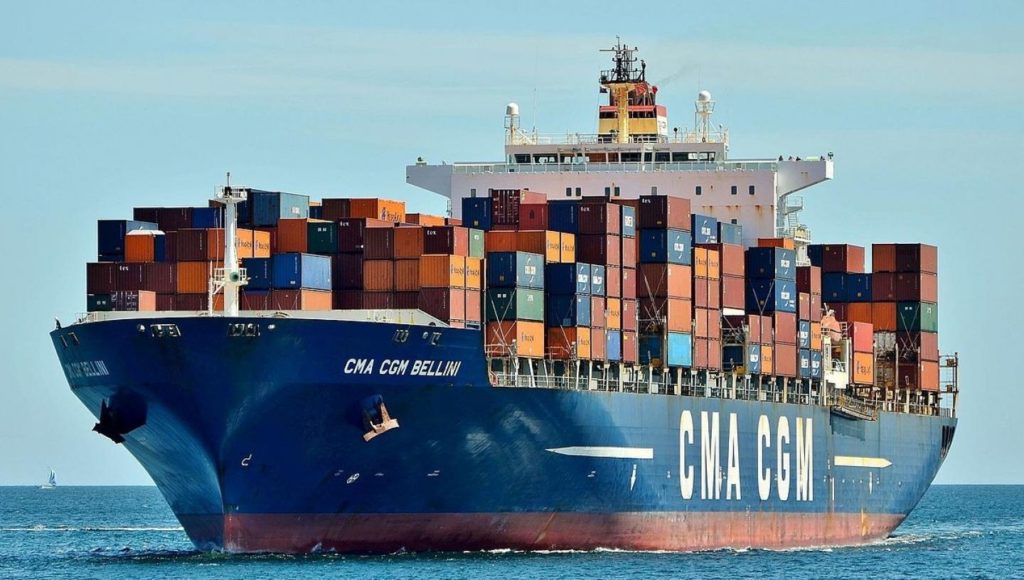
Smart shipping is a topic that deserves its own deep dive — we have a couple already — but the idea is that there are smarter ways of shipping key supplies and products that limit the number of trips, emissions and the total carbon footprint of these intensive processes. By combining shipments where possible and opting for more sustainable methods of shipment, companies can greatly reduce their carbon footprint.

A Spanish research group found that working from home four days a week would reduce nitrogen dioxide, the main harmful emission from travel, by 10%. While this won’t be possible for every business or organization, it can be an easy way to reduce your environmental impact (and your total overhead costs if you’re able to cut out office space expenses). In addition, limiting commuting, and confining energy consumption to one space – either at home or in the office – is the best way to reduce excess waste and costs.

Along the same lines as the above tactic, consider which business trips are essential to your company’s success and cut out the trips that aren’t. Not only can reduced business travel have a positive effect on your employees’ work-life balance and mental health, but it can do the planet a huge favor as well.
And when you do have to travel, consider using a carbon off-setting partner like atmosfair to limit your carbon footprint in the process.

At the end of the day, not buying something new is usually more environmentally friendly than buying something new, even if that thing has a slightly better day-to-day carbon footprint. A great example of this is LED lightbulbs, which use far less energy than their incandescent predecessors. However, the carbon released in the process of creating, shipping and installing new lightbulbs may occasionally eclipse the carbon reduction. That’s why it’s so important to take advantage of needed repairs and replacements to make environmentally savvy choices.
When a lightbulb burns out, replace it with an LED. When a window breaks, consider a model that reduces your energy usage. Businesses often have to make these kinds of infrastructure updates on a set basis to comply with regulations. The best path here is to take advantage of those moments to choose better options.
As a reminder, your carbon footprint isn’t synonymous with the waste you produce or the carbon you release into the atmosphere, but it is equal to your final, total impact. The difference here is that there are preventative steps (like many of the above) and after-the-fact steps, like carbon offsetting, which work to mitigate your impact through partnerships and carbon reduction. Both routes are valid when pursued honestly and consistently.
Committing your business to lowering its carbon footprint is often the right economic choice, but, even more importantly, it’s the right choice for your people and your planet.
how can i start saving energy within my business, how can i cut the energy costs of my business, how to reduce office energy emissions, ways to save energy in the office, ways to reduce business carbon footprint, how can i reduce my businesses carbon footprint, what small changes can i make to reduce my businesses carbon footprint, carbon reduction business, cheap ways to reduce business carbon footprint, ways that businesses are reducing their carbon footprint, ways to reduce carbon footprint for SMEs
One Tribe is a Climate Action Platform enabling businesses and their customers to make a positive environmental impact.
Eric currently works as an independent consultant at the intersection of nature and climate, focused on catalysing market and non-market solutions to drive the just transition.
He previously was Head of Product at Earthshot Labs, supporting nature conservation and restoration projects across the global south secure project finance. Prior to Earthshot Labs, Eric led nature-based carbon project development for Gorongosa National Park in Mozambique and founded the Carbon Cooperative, a global alliance of leading nature conservation and restoration practitioners exploring carbon finance. After serving in the Peace Corps in Mozambique out of university, he spent much of his 20s working in community-based conservation and ecosystem restoration efforts in Sub-Saharan Africa interspersed with two startup ventures as co-founder and CEO of a mental health tech startup and COO of a sustainable coffee company. Eric has a dual Masters in Environmental Engineering and Environmental Policy from Stanford University where he was a NSF Graduate Research Fellow and a BS in Environmental Engineering from Tufts University.
Alan is a risk management thought-leader, superconnector, and FinTech pioneer. His mission is to enable an Earth Positive economy which includes nature in global accounting systems.
Alan is Founder of Generation Blue, a venture studio dedicated to planetary game changers powered by exponential technologies. Previously, Alan established Natural Capital Markets at Lykke AG, pioneering blockchain based forestry and carbon backed tokens. Alan has over two decades of risk management experience advising global financial institutions, and was a founding member of the RiskMetrics Group, a JPMorgan spin-off. Alan is an investor and advisor to regenerative impact ventures, including TreeBuddy.Earth, Regenativ, and Vlinder Climate.
Lori Whitecalf made history when she became the first woman to be elected Chief of Sweetgrass First Nation in 2011. She served three terms of office from 2011-2017.
Lori took a two-year hiatus from leadership to expand the family ranch and serve as the FSIN Senior Industry Liaison. She was re-elected on November 29. 2019 and again on November 30, 2021, as Chief of Sweetgrass. Chief Whitecalf practises a traditional lifestyle of hunting, fishing and gathering. She currently sits on the following boards: Saskatchewan Indian Institute of Technology, FSIN Lands and Resource Commission, Battle River Treaty 6 Health Centre and Battleford Agency Tribal Chiefs Executive Council, FSIN Women’s Commission.
Tina is the Chief Business Officer for MLTC Industrial Investments, the Economic Development arm of the Meadow Lake Tribal Council. She has a diverse background of experience. Having spent 15 years as a municipal Chief Operating Officer, 20 years involved in Saskatchewan’s Health Authority Board Keewatin Yatthe and 9 years with Northern Lights Board of Education.
She continues as a Board Member with Beaver River Community Futures supporting small business development in her home region. Tina brings a wealth of experience in a variety of fields and many connections to the Indigenous communities of Northern Saskatchewan. In addition Tina holds a BA Advanced from the U of S, a Certificate in Local Government Authority from the U of R and is certified as a Professional Economic Developer for Saskatchewan and a certified Technician Aboriginal Economic Developer (TAED).
Tootoosis’ career spans 40+ years in HRM, political leadership, and Indigenous economic development, as a dedicated bridge builder and advocate for Indigenous causes.
As a key member of the Saskatoon Regional Economic Development Authority (SREDA) team since 2021, he develops strategies for the Truth and Reconciliation Commission final report and Call to Action #92.
He is a graduate of the First Nations University of Canada and a certified Professional Aboriginal Economic Developer. Spearheading various community initiatives while serving as a Chair of the SIEDN while directing ILDII and WIBF. Founder of MGT Consulting Tootoosis is based in Saskatoon, Treaty Six Territory.
Cy Standing (Wakanya Najin in Dakota) has a long and distinguished career including serving overseas as an Electronics Technician in the Royal Canadian Air Force, former Chief of Wahpeton Dakota Nation, former Vice Chief of the Federation of Saskatchewan Indigenous Nations (FSIN), past Executive Director of Community Development Branch of the Department of Northern Saskatchewan as well as an Order in Council appointment to the Federal Parole Board.
Mr. Standing has served as a Director on many Profit and Non-Profit Corporate Boards, including serving as a Director for Affinity Credit Union with assets of over six billion dollars as well as IMI Brokerage and Wanuskewin and is currently a member of the One Tribe Indigenous Carbon Board.